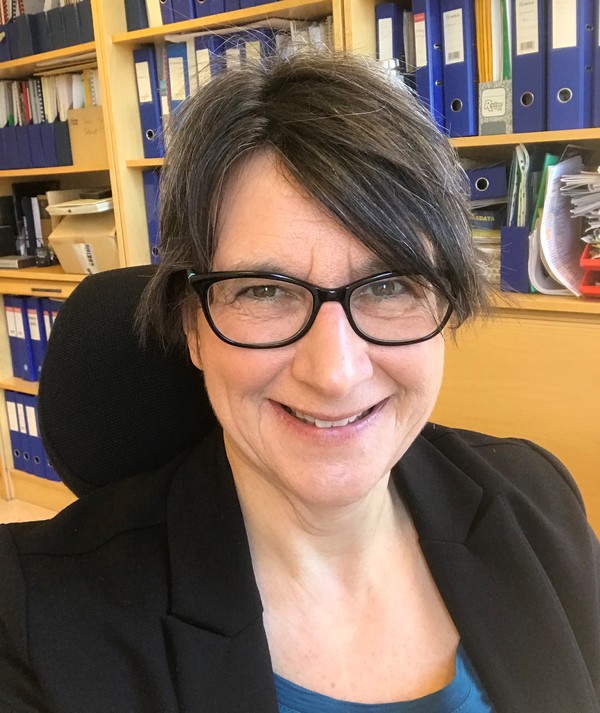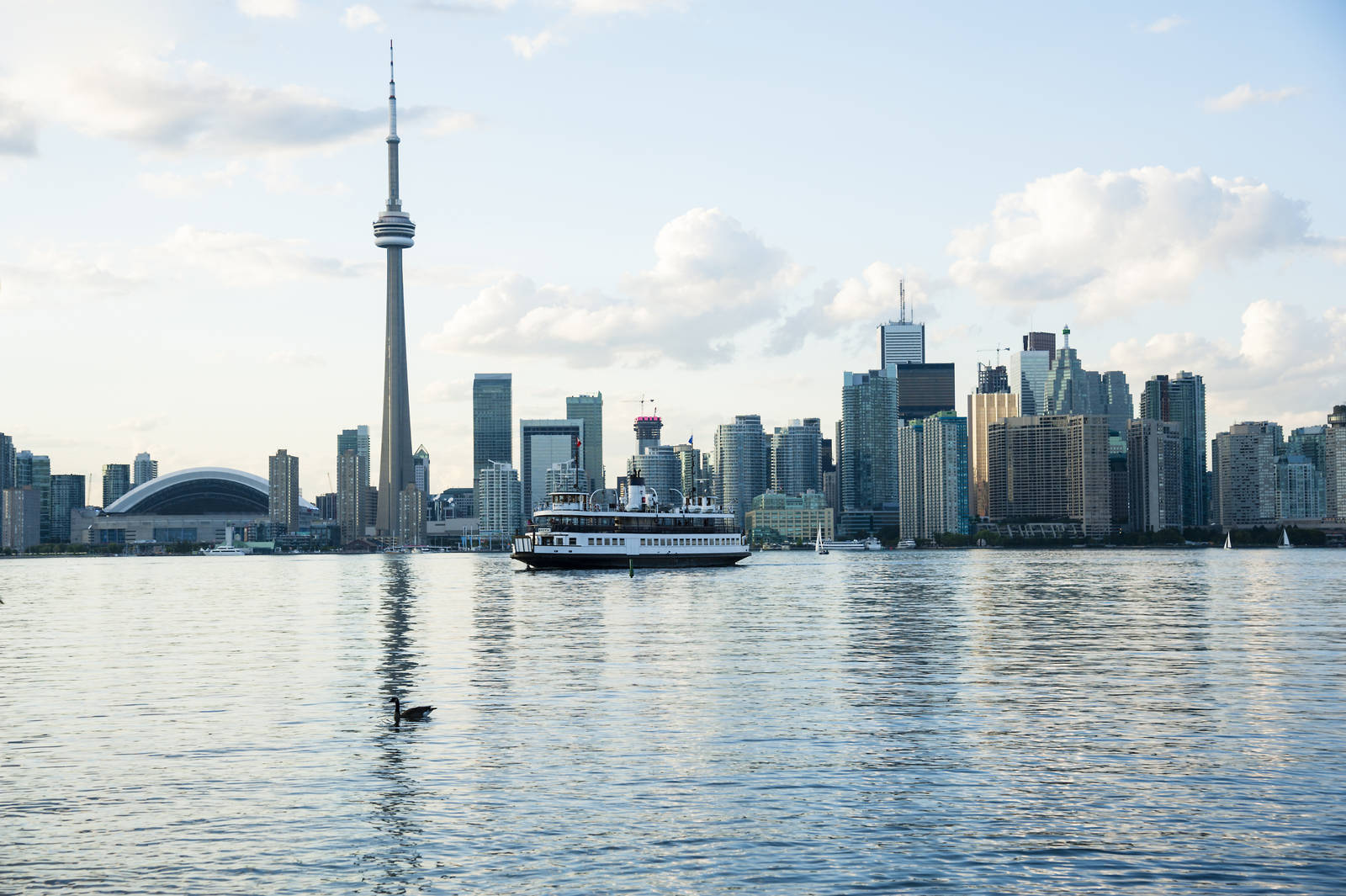How long have you been associated with IUMI?
My first contact with IUMI was in 2000, after joining The Nordic Association of Marine Insurers (Cefor) to become Cefor’s analyst. From the start, one of my tasks at Cefor was to compile core global marine insurance data on behalf of IUMI. At the time no formal Facts and Figures Committee existed at IUMI, but former IUMI President Patrick de la Morinerie initiated a ‘Facts & Figures task force’. Cefor was one of the founding members and agreed to take responsibility for collecting certain data about the global marine insurance market on behalf of IUMI. In 2004, I joined the, by then, formally established Facts & Figures Committee.
What is your IUMI role today and what does it involve?
For many years I have been Vice Chair of the Facts & Figures committee. My main responsibility is to compile core data on the global marine insurance market and present an annual update and analysis of the global marine insurance market at the annual IUMI conferences (“Global Marine Insurance Report”). In addition, I am involved in other projects including the ongoing discussions at the Facts & Figures Committee on how to improve or extend the statistics issued by IUMI. Further, I contribute with hull claims trends derived from the Nordic Marine Insurance Statistics (NoMIS) database to IUMI projects. Recent examples include the 2019 Cefor analysis of detentions as an indicator of future claims or illustrating frequency and severity trends of fires on container vessels.
In this context I was also tasked to give an update on vessel casualty trends during the International Maritime Organization’s (IMO) Maritime Safety Committee (MSC) meetings in 2016. As this was met with great interest by the attendees, IUMI has subsequently been allocated an annual presentation slot on the first day of the IMO MSC meetings.
And what is your day job?
I am the analyst/actuary of the Nordic Association of Marine Insurers (Cefor), the trade association of marine insurers located in Nordic countries. My main responsibility is to maintain the Nordic Marine Insurance Statistics (NoMIS) database and all types of statistical analyses related to marine insurance, in cooperation with the Cefor Statistics Forum.
Special focus is given to hull claims trends, including the extensive hull trend reports issued bi-annually by Cefor (https://cefor.no/statistics/nomis).
What benefits do you get from being associated with IUMI?
Marine insurance is a truly global business. As an analyst you need to keep updated on all relevant global developments in trade and shipping which may impact marine insurance. At IUMI and specifically the Facts & Figures Committee you are at the core of exactly that. Further it is exciting to be part of the recent developments at IUMI. With IUMI becoming more and more visible and the respected global voice of the industry, our impact equally increases on issues of relevance to the industry.
From a personal perspective IUMI is a great place to meet and mingle with interesting people from all over the world and learn about other cultures.
Finally, IUMI took a risk on me – an introverted mathematician and actuary – and put me in the spotlight at the annual conferences. As I am still with IUMI and people seem satisfied to welcome me back year after year, this has been an amazing journey and from my perspective an excellent example of how we, by working together, can develop and improve.
If you could change anything at IUMI what would it be?
I agree with most others that IUMI has in recent years taken a great step forward to become a more professional organisation with a growing influence.
With the increasing popularity of the Facts & Figures Committee, I sometimes feel that this committee is somewhat under pressure of losing its relative independence and role as fact-based counterpart to other ways of looking at things. All perspectives are of course important, but if the committee is to continue to be a success, I view it as vital that the output continues to stay fact-based and that statements are derived from provable facts as much as possible. It is also key that people on this committee have an analytic mindset and represent a good spread of knowledge across the different marine lines of business as well as geography. Last but not least new data development should be steered in a prudent way with a high focus on data quality rather than quantity.
How did you reach your current position in marine insurance?
After graduating from the University of Cologne with a degree in mathematics/statistics/physics, I started my career as non-life actuary in reinsurance in Cologne, Germany. I moved to Norway in 1997, where I spent two years at an IT company developing software for reinsurance before joining the Nordic Association of Marine Insurers (Cefor) as their analyst/actuary.
And what do you do away from the office?
Norway is a paradise for outdoor lovers. You cannot live here without becoming addicted to the fantastic nature all around. So, as any proper ‘Norwegian’, I endorse hiking, sailing, cross-country skiing and other outdoor activities. My other great interest is culture, be it literature, art or music. On the active side, I have been painting for many years, which is also a good counterbalance to work (www.astridseltmann.info).

